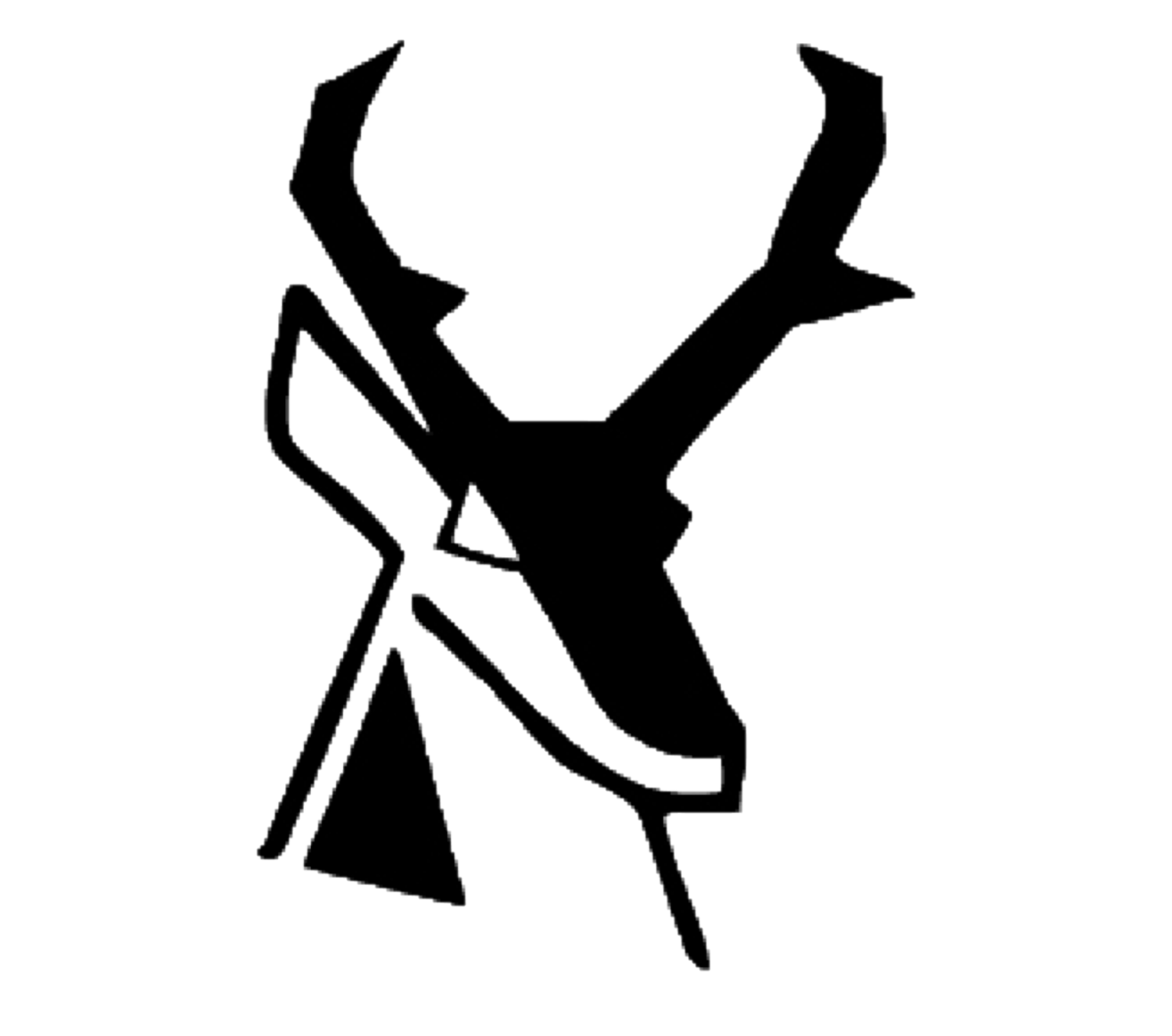“42 yards” my father whispered as I reached full draw and filled my peep sight with the golden tan of a 5x5 bull. My pin settled behind his second to last rib, the shot broke perfectly. My green nock flew through the early evening shadows, right to the spot I was aiming. Liver, offside lung, 20” of penetration, and 50 yards later the bull was done. Photos, prayer, and celebration, then the realization that my father and I had less than an hour of daylight left to get this bull broken down.
A true trophy: an elk backstrap
We have thought about this moment all year long, the chance to put our knives and backs to work. As the light faded we were nearly halfway done. Utilizing the gutless method of removing meat makes for a much easier process, essentially working from the outside in. Slicing along the spine and using the hide as a “tarp” to work on, we remove backstraps, quarters, neck and rib meat, then lastly we go in behind the last rib to get the prized tender loins. Meat goes into game bags and is hung in trees or set on top of logs to cool.
The night has now closed in on us, 9pm finds us finished processing the bull. We load up the tender loins, backstraps, and rear quarters in preparation for the 2 mile hike back to camp, all uphill from here! We’ve made this hike dozens of times both this year and years prior, so following the trail etched into the hillside wasn’t difficult. The heavy weight and darkness made our progress slow, but steady. The trail splits off in several spots going in multiple directions within the canyon bottom. We find ourselves in an unfamiliar looking clearing, backtrack, only to stand on the edge of a swamp. Where the heck were we?! Backtracking again over thick deadfall with heavy packs and weary minds in the dark made for an uneasy feeling. We got back on the trail and ended up back at that clearing, the moonlight now illuminated the open hillside, my dad reflects “I think we’re on the downhill side of the clear cut!”. Breaking into the clearing and heading uphill, his thought is confirmed. All that lies ahead of us now is a steep, but short climb up “the hill”.
The hill is a 40 degree, lightly timbered logging road from years past. Our weary bodies trudge through the moonlight upward towards our camp. Stopping periodically to let the lactic acid burn subside, we are nearly there. The road flattenes out and we can see the white of the camper through the pines. 11:30pm finds us slinging our heavy packs off onto the ground next to the camper. The hike from the bottom of the drainage to camp should not have been a two and a half hour ordeal, but we made it. Tenderloin for dinner to replenish our exhausted bodies then bedtime, the remaining meat and antlers would have to wait until the following morning.
Looking up the hill towards camp
It required two more trips to get the bull up to camp, each load was roughly 75-80 pounds on my meat frame, and 35-50 on my dad’s. High noon found us at the bottom of the canyon loading up the final bags of meat and the head of my bull. Roughly 800 vertical feet of elevation and 2.3 miles separated us from camp, not an excruciating pack out, but we have had easier ones. When loading the meat in your pack or on your frame, it is important to secure the meat tightly and keep it as close to your back as possible. 80 pounds of meat will make you terribly unstable when traversing uneven terrain, and if you fall, the added mass will make the ground feel a lot harder. It seems easy to want to be a hero and load as much weight as you can into your pack, but in the long run, you will only be damaging your joints and feet. Taking care of the meat at the kill site by hanging it or propping it up on logs to allow plentiful airflow will nearly eliminate the possibility of meat spoilage. It took us three trips to get the bull out, and after it was all said and done, I gave my dad half of the bull for his help packing it out.
Triumph, the last trip out
The beautiful struggle of packing out an animal harvested with your bow is unrivaled by anything in the world. Filling the freezer with meat you have procured through your own hard-fought effort is a fantastic accomplishment. Every time you eat the meat from a game animal, it is difficult not to relive the hunt, envision the shot, think about the pack out, and reminisce on the journey that got that animal into your freezer. This is why we work so hard all year, shooting our bows, learning our gear, testing our limits, to maybe taste that success at the end of a hunt.




